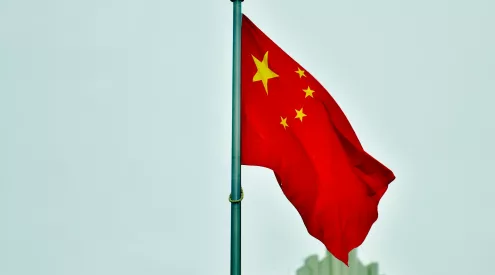A Dutch start-up has created a way to prevent plastic from reaching the ocean, using bubbles. The barrier prevents plastic and synthetic waste from floating into the ocean, but still allows fish to pass through easily.
The Great Bubble Barrier traps plastic debris as it moves through a body of water. The bubbles essentially block the debris preventing it from moving further.
According to EcoWatch, the start-up partnered with Amsterdam’s municipal government and the local water board to launch the device last week. Piloting the project, the first bubble barrier was set up in Amsterdam’s Westerdok Canal. This is the tip of the city’s historic canal belt.
This canal was chosen as it feeds into the IJ river, which then feeds the North Sea Canal and into the North Sea.
The barrier is made up of a pipe that is around 60m long. Holes are punched into the pipe and it is laid diagonally along the canal bed. Compressed air is pumped through the pipe, forming bubbles as it exits the holes.
The diagonal position pushes the debris to the side of the canal, where a floating platform catches the debris.
Preliminary tests on the device were conducted for over three years. The tests results showed that the bubble barrier is able to steer 80% of the canal’s plastic waste to the banks. The device is operable for 24-hours a day, and it does not disrupt wildlife or boat movements.
Also read: The Interceptor removes plastic from polluted rivers
Speaking to The Guardian, co-inventor Philip Ehrhorn said:
‘More than two-thirds of plastics in the ocean comes out of rivers and canals – so if you have to intercept it, why not do it in the rivers? You can’t put a physical barrier in a canal: it has to be open for wildlife and recreation.’
Speaking to DutchNews, Sander Mager, a board member of The Great Bubble Barrier said: ‘Plastic in our water is becoming an increasing problem [and] has profound effects on the quality of our water and therefore on everything that lives in or near the water. This is precisely why it is important for the water management board to collaborate intensively with others to make a stand against this socially urgent problem.’
Plastic and rubbish that is blocked by the barrier will be collected separately to what Amsterdam’s garbage boats collect. A plastic action group called ‘Schone Rivieren’ will then analyse the waste collected.
Image: Pexels
















